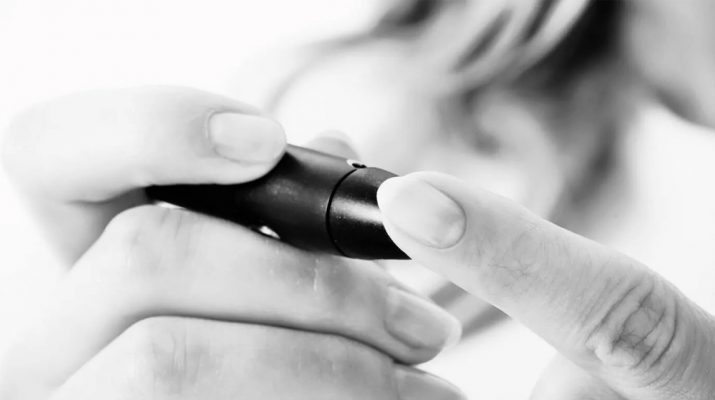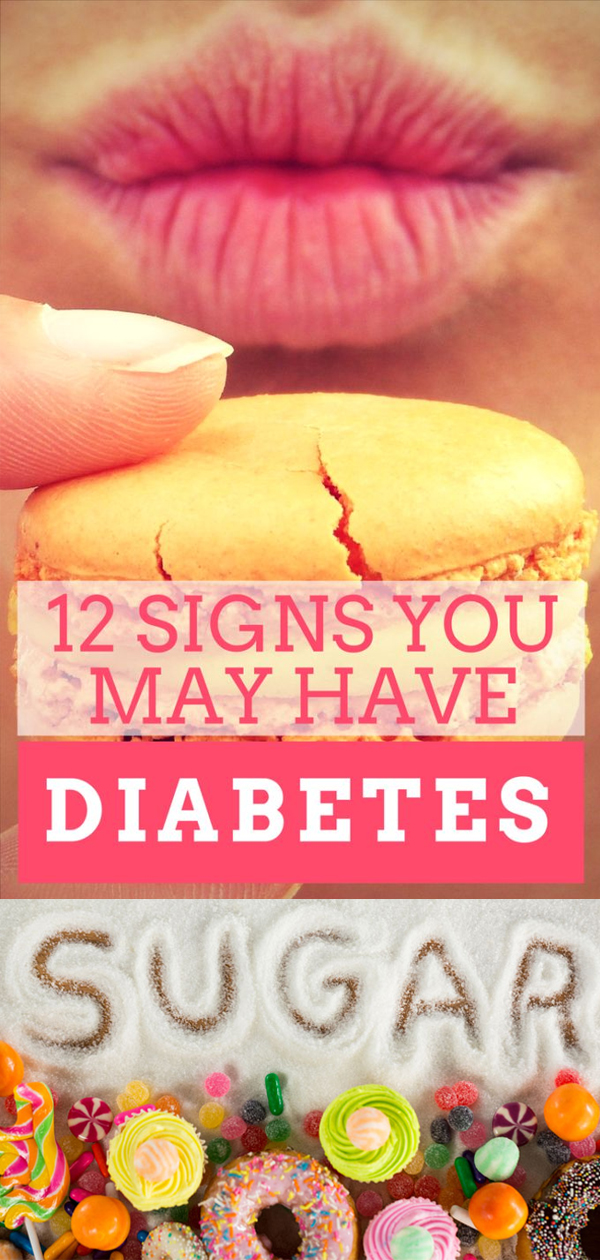Anyone who cares about their health needs to be concerned about having high blood sugar, not just diabetics. Healthy eaters give their bodies good nutrition and watch their intake of fat and sugar.
We all know that sugary foods can cause a spike in blood sugar, but what other foods are causing you to have a spike, then a crash in your blood sugar? Paying attention to the carbohydrates in your food might not be enough either.
Carbohydrates are the only nutrient that can alter your blood sugar. Protein and fat do not cause a change in blood sugar levels. Foods that are high in carbohydrates are likely to be high-glycemic foods, but there are other factors to consider.
Eating only low glycemic foods is also risky because you also need to account for calories, vitamins, and nutrients.
Diabetes mellitus is a disease commonly called simply diabetes in which a person has high blood sugar levels. High blood sugar levels can cause stress on the body’s organs and can lead to cell damage and health problems.
Researchers use pure sugar or white bread as a baseline for measuring the body’s response to glucose in the blood. Once you consume sugar, your blood sugar level rises quickly. The peak of this sugar high comes around 45 minutes after consumption.
The sugar is processed by your body and after the spike, the blood sugar level decreases rapidly. After eating sugar, your blood sugar returns to normal around 2 hours after consumption.
In contrast, when you eat foods that are lower on the glycemic index level, blood sugar levels rise slower and stay level longer. That is your goal, to keep your blood sugar levels steady all day while you need energy, rather than having spikes of highs and lows.
Glycemic load is different than the glycemic index of a food. The glycemic load of a food is calculated by multiplying the glycemic index by the amount of carbohydrate in grams provided by a food and dividing the total by 100.
On the glycemic index of foods, sugar is 100 and all of the other foods are ranked based on how they affect blood sugar. The lower numbers have less effect on blood sugar levels than do the foods with higher glycemic index numbers.
One of the problems with the glycemic index table is that it does not account for different methods of food preparation in cooking or ripeness levels, which can cause changes in the food’s sugary taste as well as the effects on blood sugar.
Symptoms of Type 2 diabetes are frightening in that you might not know that you have a problem because they are barely noticeable. Gofitstayfit.com says approximately 8 million people may have diabetes and not know it.
Awareness of the glycemic level of the foods that you usually eat is one of the best tools you can use to manage your blood sugar level. Glucose causes a spike in insulin, which the body produces to process sugar in our diet.
5 Signs You Have High Blood Sugar (And How To Reverse It)
Too much insulin produced for too long depletes the body’s ability to handle future sugar in the diet. Eventually, the pancreas stops producing insulin or can’t produce enough to process the sugar in the blood. Here are 5 warning signs that you have high blood sugar, and how to reverse it.
1. Thirst Or Frequent Urination
Dry mouth, being thirsty frequently, or the opposite, which is feeling like you have to urinate frequently, are all signs that you have high blood sugar.
2. Numbness And Tingling
One of the scariest side effects of diabetes is that it can lead to the amputation of lower extremities. Toes, feet, and legs suffer from decreased circulation and the increased possibility of amputation as a result.
3. Difficulty Healing From Wounds
According to the Oregon State University Micronutrient Information Center, a study ‘of over 64,000 Chinese women participating in the Shanghai Women’s Health Study, the high glycemic load was associated with a 34% increase in the risk of type 2 DM [diabetes mellitus].’
4. Blurry Vision
Believe it or not, a change in the amount of glucose in the diet can make a big change in your vision. Eat low glycemic foods for a week and see if you are able to notice a change in your vision.
5. Irritability
Crashing from a sugar rush can make you unhappy and grouchy at other people. If friends have noticed your irritability, try cutting back on sugary treats to improve your relationship quality.
If You’re Suffering From High Blood Sugar Symptoms, Use This Glycemic Index Food List:
The American Journal of Clinical Nutrition provides a glycemic index chart that shows glucose, carbohydrates, available carbohydrates and glycemic load per serving of each food item. This is an excellent resource to use when planning your meals around managing your blood sugar.
The glycemic index for food is a useful tool to use to determine the impact that food will have on your body’s blood sugar levels when you eat it. Use this link referenced in the paragraph above to access this huge database of foods. You may want to download the chart and use it for future reference.


